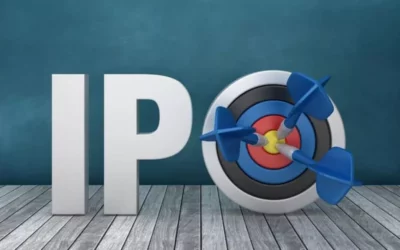If you’re an avid observer of the Indian market, you’re bound to have come across the term InvIT. The infrastructure investment trust, InvIT for aglobal shorthand, is one of the most innovative modes of investment which the Indian market direly needs today. But what are they?
Despite their popularity, many investors have certain reservations regarding this mode. Their reluctance to engage with it comes from unclear understanding of the same. To put it in a simple sentence, InvIT is the mutual fund equivalent to the infrastructure sector.
It is a trust instrument which pools money from individuals and institutional actors, so it can be vested into different undertakings. InvIT operates under two classifications in which individuals can either invest directly or through special purpose vehicles (SPVs). The funds can be put into projects already completed or which are under construction.
The objective behind the initiative is to empower the infrastructure sector. It helps companies to recycle their capital locked in debt and payment obligations. Since infrastructure projects tend to be long-term investments, companies can raise additional debt through refinancing, and also expand their operational capabilities.
I believe InvITs also offer an array of benefits for those who choose to invest. It is a very secure tactic to diversify your portfolio and have steady income. This feature is a lucrative attribute for people who have retired and are looking for a regular source of income.
It is worth mentioning that these investments operate under SEBI Regulations 2016, ensuring a government safety net from any illegitimate impact. Another aspect of security is the mandatory requirement to disperse 90 per cent of their net distributable cash flows to the unit investors.
These assets are handled by specialists and experts. Such a framework allows effective allocation and resource management without fragmentation of assets. The average tenure of infrastructure projects also spans over a decade, which ensures a steady return for a longer period of time.
Having said that, InvITs have their share of demerits just like every other investment instrument. Even though they offer easy entry and exit options, it can be quite challenging for small investors to benefit from the liquidity of these funds.
Besides, infrastructure projects usually turn profitable only after a long duration. They are also prone to be greatly affected by any shift in regulatory policies surrounding taxation or sectors related to the project. Any significant rise in the inflation rate is bound to increase a project’s operating cost, which might lead to decrease in returns for the investors.




